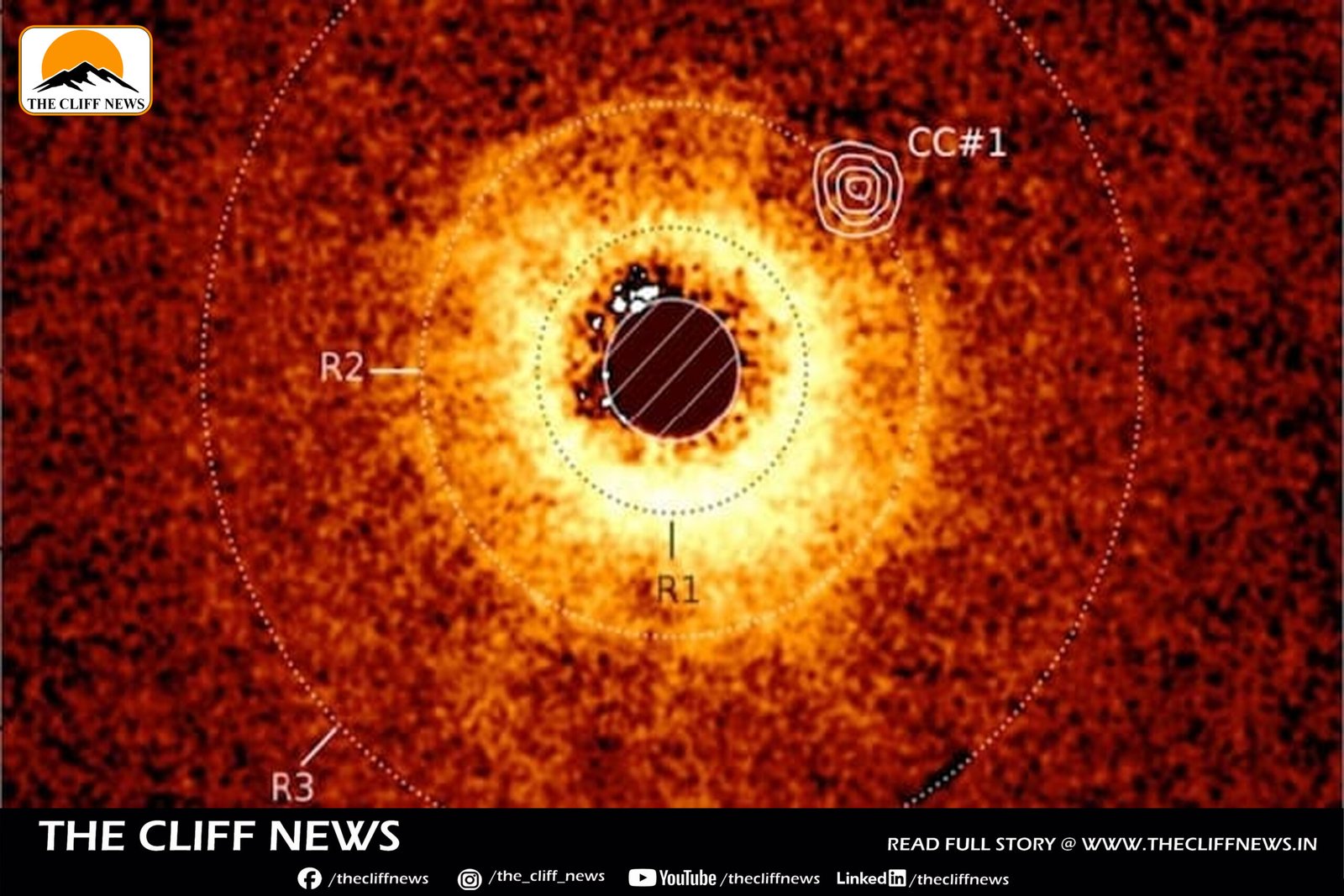In a historic achievement, the James Webb Space Telescope (JWST) has discovered its first previously unknown exoplanet — a young gas giant roughly the size of Saturn — orbiting a small star about 110 light-years away in the constellation Antlia. This marks a major milestone in Webb’s mission, which, since its 2021 launch, has been gathering unprecedented data on both the early universe and known exoplanets.
🔭 A New Era in Exoplanet Discovery
While over 5,900 exoplanets have been discovered since the 1990s, most were detected indirectly through methods like the transit technique — observing the dimming of a star’s light as a planet crosses in front of it. However, less than 2% of these planets have been directly imaged, making this discovery particularly rare and groundbreaking.
JWST’s discovery was made possible thanks to its Mid-Infrared Instrument (MIRI) equipped with a French-produced coronagraph, which blocks out a star’s light to allow the faint glow of orbiting planets to be seen.
🌌 Meet the Planet: TWA 7 b
- Name: TWA 7 b
- Host Star: TWA 7 (a red dwarf star)
- Distance from Earth: ~110 light-years
- Location: Constellation Antlia
- Orbit Distance: 52 AU (52 times the Earth-Sun distance, farther than Neptune)
- Mass: Least massive planet ever directly imaged — about 10 times less massive than the previous record-holder
- Age: ~6 million years (compared to our Sun’s 4.5 billion years)
The system is so young that both the star and planet are still in their formative stages. The planet sits within a disk of dust and rocky debris that has two broad rings and a narrow inner ring — where the planet resides.
🧪 What’s Next for TWA 7 b?
Scientists do not yet know:
- The atmospheric composition of the planet
- Whether it is still accreting material from the surrounding disk
Future JWST observations may help uncover these mysteries.
📈 Why It Matters
This discovery sets a new benchmark in:
- Mass sensitivity for directly imaged planets
- Understanding planetary formation at early stages
- Observing planets far from their host stars, which indirect methods often miss
As lead researcher Anne-Marie Lagrange of CNRS and Observatoire de Paris put it:
“Webb opens a new window — in terms of mass and distance — for exoplanets that had not been accessible to observations so far.”
Despite its capabilities, JWST still cannot directly image Earth-sized rocky planets, which remain the holy grail in the search for life. But Lagrange remains hopeful:
“Looking forward, I do hope the projects of direct imaging of Earth-like planets and searches for possible signs of life will become a reality.”
🪐 In Summary:
- First exoplanet discovery by JWST itself
- Smallest planet ever directly imaged
- Deepens our understanding of planetary systems in their infancy
- Shows Webb’s unmatched ability to detect and characterize distant worlds
This young gas giant, floating 110 light-years away, is a glimpse into how planetary systems like ours begin — and a stepping stone toward discovering potentially habitable worlds.



